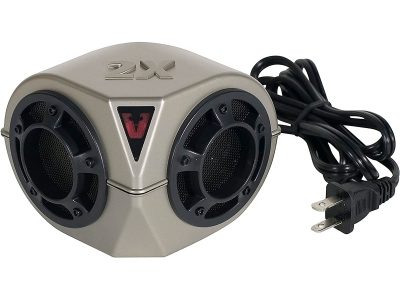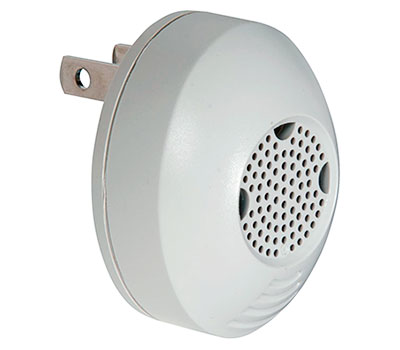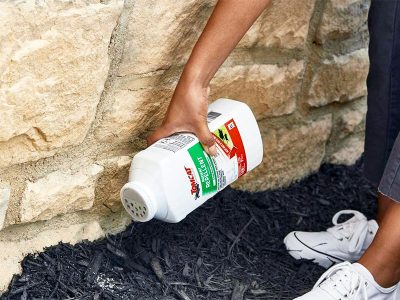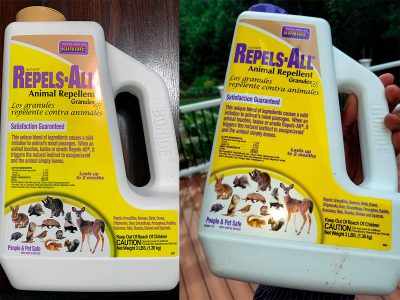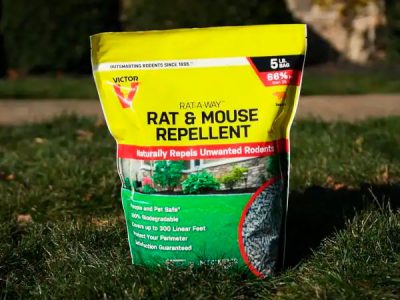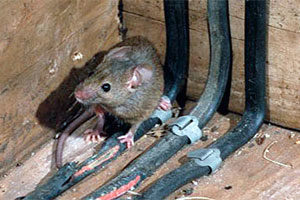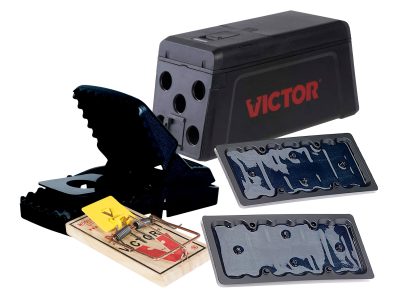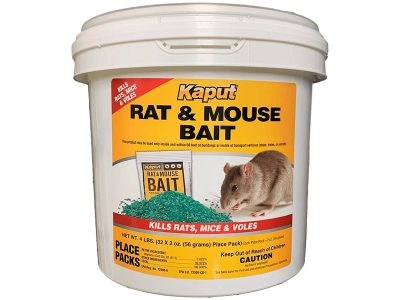Dealing with a rat infestation doesn’t always require lethal methods. Whether you’re looking to protect your garden, home, or vehicle from unwanted rodent visitors, this comprehensive guide explores the most effective rat repellents available today. From ultrasonic devices to natural plant-based solutions, we’ll help you find humane alternatives to keep rats away without traps or poisons.
Quick Picks: Best Rat Repellents of 2025
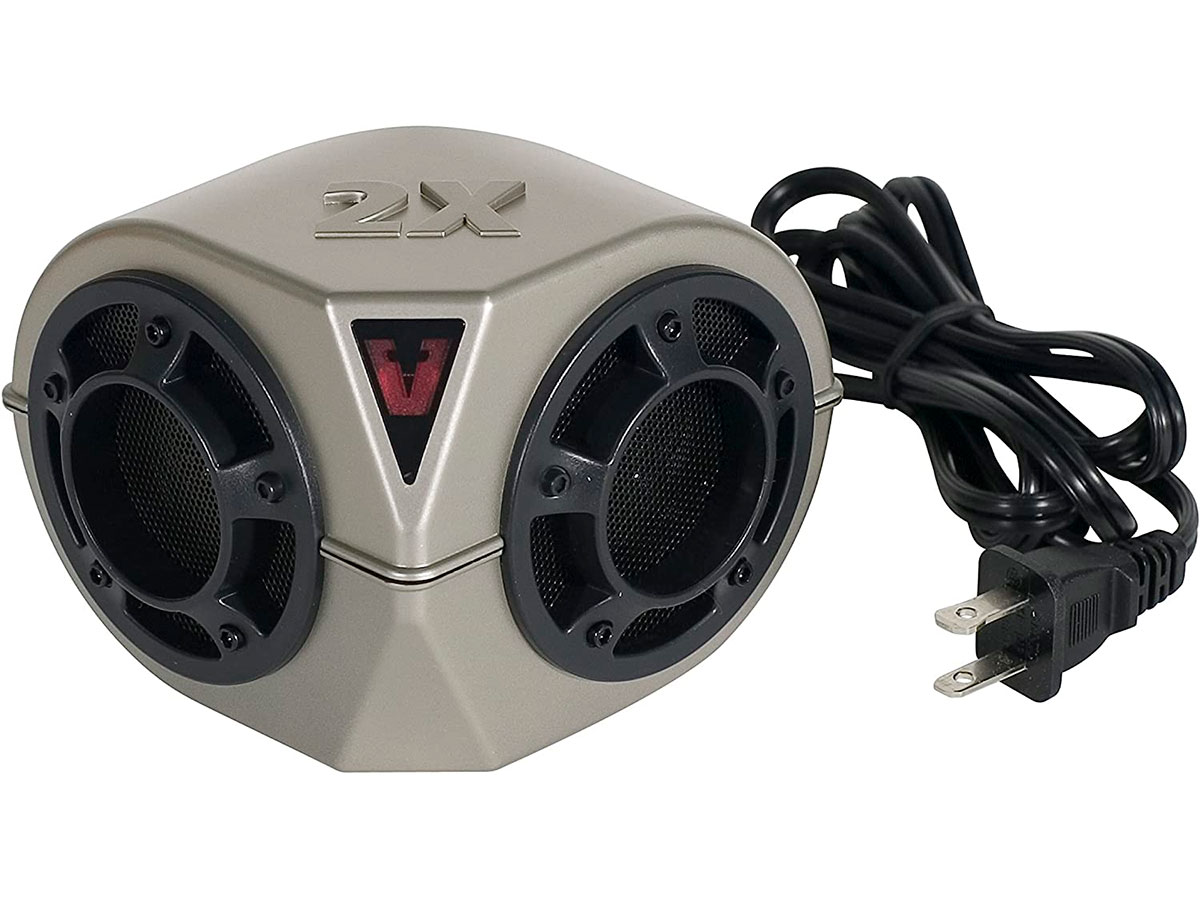
Best Electronic
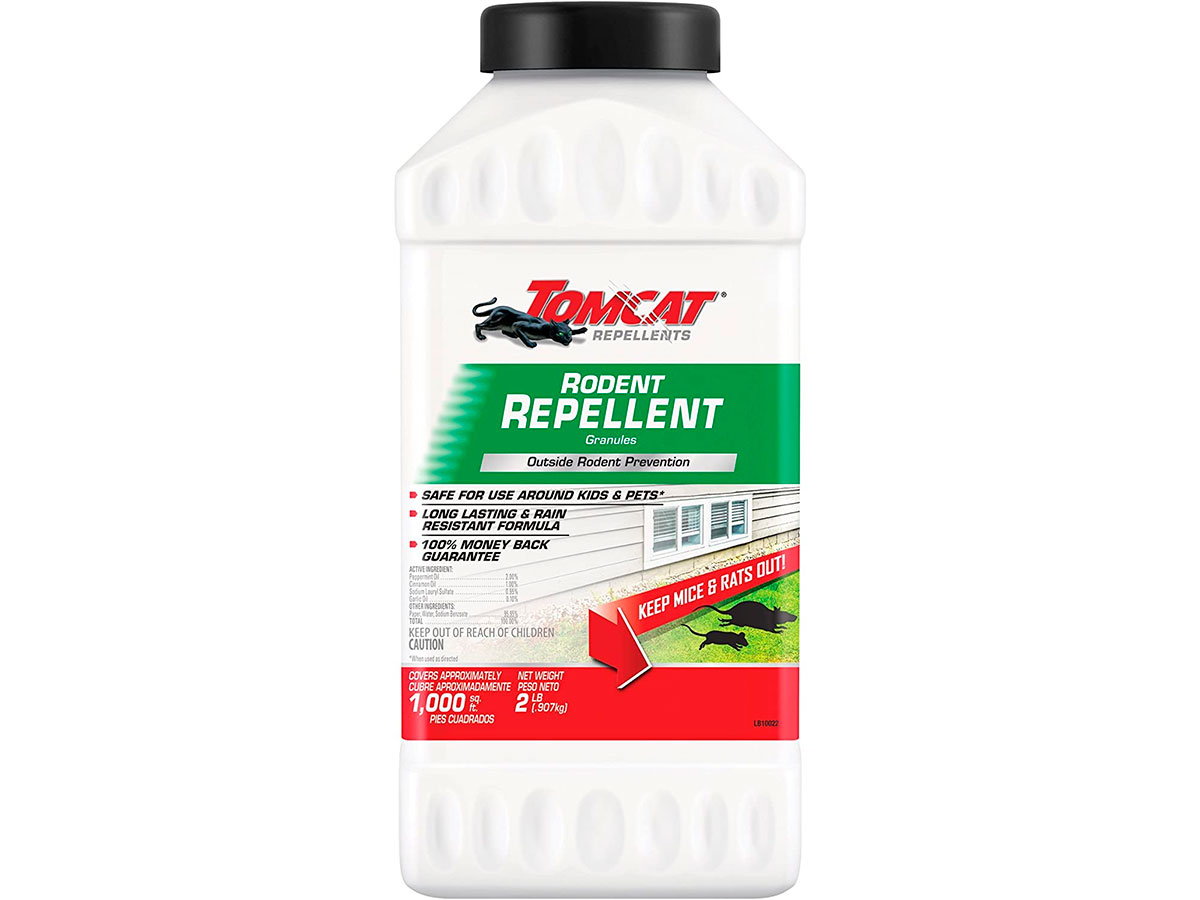
Best Granules
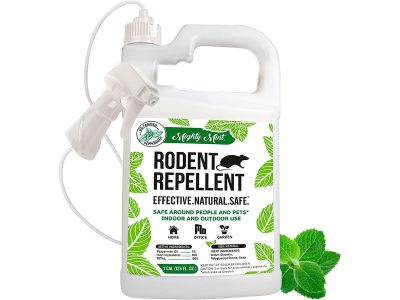
Natural Option
- Comprehensive Guide to Rat Repellents in 2025
- Understanding Rat Behavior for Effective Repellent Use
- Top Electronic Rat Repellents
- Best Natural Granular Rat Repellents
- Best Liquid Rat Repellent Sprays
- Natural Rat-Repelling Plants
- DIY Rat Repellent Solutions
- Comprehensive Rat Repellent Strategy
- Frequently Asked Questions
- When to Consider Professional Help
- Conclusion
Comprehensive Guide to Rat Repellents in 2025
Rats can cause significant damage to your property and potentially spread disease. While traps and poisons are common control methods, many homeowners prefer humane alternatives that simply encourage rats to live elsewhere. Whether you’re looking to protect your garden, home, or vehicle, this guide will help you find the most effective repellent solution for your specific needs.
| Product | Type | Best For | Active Ingredients/Technology | Coverage |
|---|---|---|---|---|
| Victor PestChaser Pro | Ultrasonic Device | Indoor, Large Rooms | High-frequency sound waves | Large rooms |
| Victor Mini PestChaser | Ultrasonic Device | Indoor, Average Rooms | High-frequency sound waves + Night Light | Average-sized rooms |
| Tomcat Rodent Repellent | Granules | Indoor/Outdoor, Kid-Safe | Peppermint, Cinnamon, Garlic Oils | Perimeter protection |
| Bonide Repels-All | Granules | Outdoor, Gardens | Putrescent egg solids, Cloves, Garlic | Perimeter protection |
| Victor Rat-A-Way | Granules | Indoor/Outdoor, Non-toxic | Castor Oil, Essential Oils blend | Perimeter protection |
| Mighty Mint | Spray | Multi-surface, Eco-Friendly | Peppermint, Rosemary Oils | Spot treatment |
Understanding Rat Behavior for Effective Repellent Use
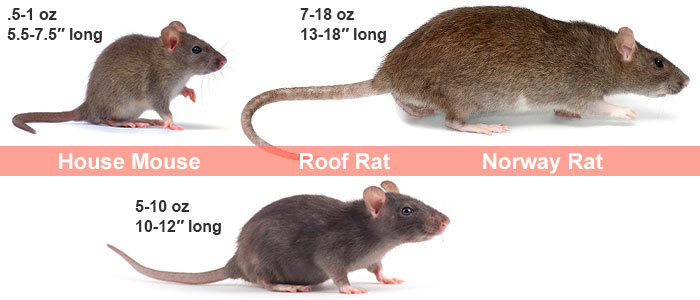
Before selecting a repellent, it’s important to understand rat behavior and the different species you might be dealing with. This knowledge can help you choose the most effective solution and determine optimal placement.
Roof Rats (Rattus rattus)
Also known as black rats, these excellent climbers typically nest in elevated areas like attics, trees, and upper levels of structures. They prefer plant-based foods including fruits, nuts, berries, and seeds. When placing repellents for roof rats, focus on elevated locations and entry points near the roof line.
Norway Rats (Rattus norvegicus)
Also called brown rats, these burrowing rodents nest at ground level and are excellent swimmers. They have omnivorous diets with preferences for high-protein and high-fat foods. Repellents for Norway rats should be placed at ground level along walls, near burrows, and around foundation perimeters.
Top Electronic Rat Repellents
Electronic rat repellents work by emitting high-frequency sounds that are irritating to rats but generally inaudible to humans. These devices offer a clean, maintenance-free alternative to chemical repellents and are especially popular for indoor use.
Victor Heavy-Duty PestChaser Pro
Editor's ChoiceHow Does It Work
How to Use
- Simply plug the device into any standard electrical outlet in a room where rat activity has been observed
- Position the unit so it faces into the room rather than toward a wall to maximize sound wave distribution
- Leave at least 2-3 feet of open space in front of the device to prevent objects from blocking sound waves
- One unit typically covers one average to large-sized room—use multiple units for larger spaces
- Allow 1-2 weeks for full effectiveness as rats gradually relocate
- Varied ultrasonic pattern prevents rats from becoming accustomed to the sound
- Chemical-free, humane solution that doesn't require cleanup
- Maintenance-free operation—simply plug in and let it work
- Silent to most humans and non-rodent pets
- Continuous 24/7 protection once installed
- Indoor use only—not weatherproof for outdoor applications
- Ultrasonic waves cannot penetrate walls or solid objects
- May take 1-2 weeks to see full results
- Not effective for all rodent species or severe infestations
- May affect small pets like hamsters or guinea pigs
Victor Mini Ultrasonic PestChaser with Night Light
Most VersatileHow Does It Work
How to Use
- Plug the device into any standard wall outlet where rodent activity has been noticed
- Ensure the device is not obstructed by furniture or curtains
- For best results, place at floor level where rats typically travel
- One unit effectively covers an average-sized room (up to 400 square feet)
- Multiple units may be needed for larger spaces or homes with multiple rooms
- Allow 6-10 days to see a noticeable reduction in rodent activity
- Dual functionality as both a repellent and night light
- Energy-efficient design uses minimal electricity
- Compact size doesn't obstruct second outlet
- Blue LED indicator confirms unit is working
- No chemicals, traps, or cleanup required
- Limited coverage compared to larger models
- May not be effective for severe infestations
- Sound cannot penetrate walls or furniture
- Some users report the night light is quite bright
- Results may vary depending on rodent species and home layout
Best Natural Granular Rat Repellents
Granular repellents provide a convenient way to create protective barriers around your home, garden, or other areas you want to keep rat-free. These products typically contain essential oils and other natural ingredients that rats find offensive to their sensitive noses.
Tomcat Rodent Repellent Granules
Editor's ChoiceHow Does It Work
How to Use
- For outdoor use, sprinkle granules in a 3-foot band around the perimeter of buildings, gardens, or areas you want to protect
- Apply at a rate of 1 lb per 1,000 square feet of coverage area
- For indoor use, place along walls, in corners, and near potential entry points
- Reapply every 30 days or after heavy rainfall for continuous protection
- For severe infestations, increase application rate and frequency until rat activity subsides
- Safe to use around ornamental plants, but avoid direct application to edible crops
- Rain-resistant formula maintains effectiveness in wet conditions
- No unpleasant odor to humans despite being highly repellent to rats
- Safe for use around children and pets when used as directed
- Can be used both indoors and outdoors for comprehensive protection
- Natural ingredients provide an eco-friendly alternative to poisons
- Requires reapplication every 30 days for continued effectiveness
- May take up to two weeks to see significant reduction in rat activity
- Less effective for severe, established infestations
- Some users report needing to increase application rates in high-traffic areas
- More expensive than some basic repellent options
Bonide Repels-All Animal Repellent Granules
Most VersatileHow Does It Work
How to Use
- Sprinkle granules evenly around the perimeter of gardens, flower beds, or structures
- Apply at a rate of approximately 1 lb per 500 square feet of area
- For spot treatment of specific problem areas, create a more concentrated barrier
- Reapply every 30 days or after heavy rainfall
- For vegetable gardens, apply around the perimeter rather than directly on edible plants
- Can be mixed with water (4 tablespoons per gallon) to create a spray for application on plants, structures, or hard-to-reach areas
- Works on multiple pest species beyond just rats
- Biodegradable formula won't harm the environment
- Can be used in various application methods (dry or liquid)
- No harmful chemicals or poisons
- Safe for use around ornamental plants and garden perimeters
- Strong odor may be temporarily noticeable to humans
- Requires more frequent reapplication than some competing products
- Less effective during periods of heavy rainfall
- May not be strong enough for severe infestations
- Slightly higher cost per application than single-pest repellents
Victor Rat-A-Way Rat and Mouse Repellent Granules
Most Eco-FriendlyHow Does It Work
How to Use
- Apply granules in a 4-6 inch band around areas you want to protect
- Use approximately 1 pound to treat 500 square feet of area
- Place along baseboards, entry points, and known rodent pathways
- For outdoor use, distribute around the perimeter of structures, gardens, or landscaped areas
- Reapply every 30 days or after heavy rainfall for continuous protection
- For severe infestations, create a wider barrier and reapply more frequently initially
- 100% biodegradable formula with recycled materials
- Non-toxic and environmentally responsible
- Safe for use around children, pets, and wildlife
- Effective on both rats and mice
- Pleasant cinnamon-mint scent to humans
- May require more frequent application than chemical alternatives
- Not suitable for direct contact with edible crops
- Effectiveness may decrease in extremely wet conditions
- Some users report mixed results with particularly stubborn infestations
- Slightly higher cost per application than some alternatives
Best Liquid Rat Repellent Sprays
Liquid repellent sprays offer precise application and versatility for targeting specific areas where rats are active. These products are ideal for treating entry points, surfaces that show signs of rat activity, or areas that are difficult to treat with granular products.

Mighty Mint Rodent Repellent
- Ready-to-use spray formula
- Contains peppermint and rosemary oils
- Made in the USA
- Non-staining formula
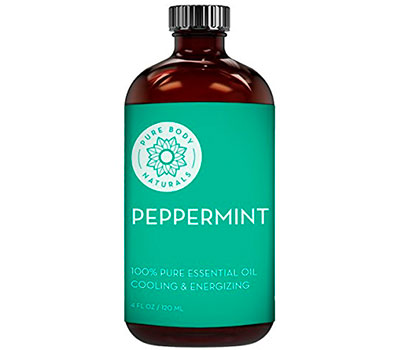
Pure Body Naturals Peppermint Oil
- 100% pure essential oil
- Can be diluted to create custom repellent
- Multiple applications beyond pest control
- High concentration for maximum effectiveness
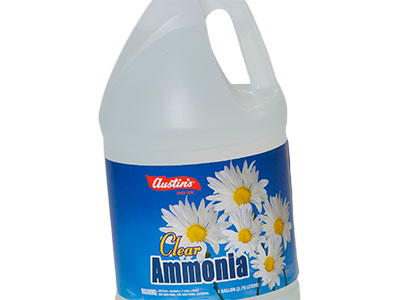
DIY Ammonia Solution
- Mix 2 cups ammonia with water and detergent
- Economical DIY alternative
- Strong odor rats actively avoid
- Readily available household ingredients
Mighty Mint Rodent Repellent
Natural OptionHow Does It Work
How to Use
- Shake well before using
- Spray liberally along baseboards, in corners, around entry points, and other areas where mice activity is suspected
- Apply every 2-3 days initially, then weekly for maintenance
- For severe infestations, increase application frequency
- Can be sprayed directly onto cotton balls for placement in hard-to-reach areas
- Natural formula without harsh chemicals
- Pleasant mint scent for humans
- Safe for use around food preparation areas
- No need to handle dead mice
- Extra-concentrated for long-lasting protection
- Requires regular reapplication
- May not be effective for severe infestations when used alone
- Strong scent may be overwhelming in enclosed spaces
- Less effective in areas with competing strong odors
Natural Rat-Repelling Plants
Incorporating certain plants into your garden and landscaping can create a natural, continuous barrier against rats. These plants contain essential oils and compounds that rats find unpleasant or irritating, encouraging them to seek more hospitable environments.
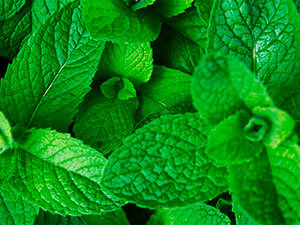
Peppermint
While humans generally enjoy the fresh scent of peppermint, rats find it overwhelming and irritating. Planting peppermint around the perimeter of your garden or near potential entry points creates a natural barrier. For areas where planting isn’t practical, peppermint oil applied to cotton balls can be placed strategically.
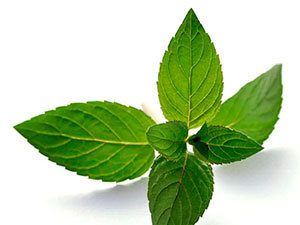
Spearmint
Similar to peppermint but with a slightly different scent profile, spearmint produces oils that rats find extremely unpleasant. This hardy herb is easy to grow and can thrive in many conditions, making it an excellent addition to garden borders and perimeters as a natural rat deterrent.

Daffodils and Hyacinth
These flowering bulbs not only add beauty to your garden but also deter rats naturally. The bulbs contain alkaloids that rats find toxic and therefore avoid. Planting these ornamental flowers around the perimeter of your property creates an attractive yet effective rat barrier.
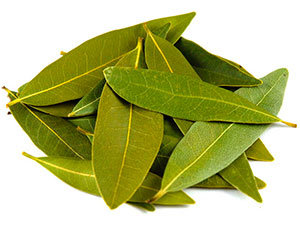
Bay Laurel
Bay leaves contain compounds that rats find offensive. Growing bay laurel as a shrub or container plant near entrances to your home or garden can help deter rats naturally. Dried bay leaves can also be placed in pantries and other indoor areas where rats might seek food.

Herb Garden
Many common culinary herbs including sage, rosemary, oregano, and thyme contain aromatic oils that rats avoid. Creating an herb garden near your home serves dual purposes: providing fresh herbs for cooking while creating a natural rodent-repelling barrier.
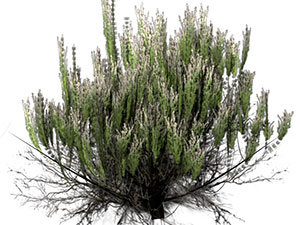
Sagebrush
Common in western regions of the US, sagebrush has a potent, spicy scent that effectively repels rats. The strong-smelling oils in the leaves create an environment that rats find hostile. If growing sagebrush isn’t practical, the essential oil can be used as an alternative.
DIY Rat Repellent Solutions
For those who prefer a hands-on approach or need an immediate solution while waiting for commercial products to arrive, these DIY rat repellent recipes use common household items to create effective deterrents.
Mix 10-15 drops of pure peppermint essential oil with 1 cup of water and a few drops of dish soap (which helps the oil mix with water). Transfer to a spray bottle and apply to areas where rats are active. Reapply every few days or after rainfall. The strong mint scent overwhelms rats’ sensitive noses without being unpleasant to humans.
Combine 2 cups of ammonia with 1/4 cup of water and 2 tablespoons of detergent. Place this mixture in shallow dishes near rat entry points or activity areas. The ammonia mimics the smell of predator urine, triggering rats’ natural fear response. Keep away from children and pets, and refresh every few days.
Mix 1 tablespoon of hot sauce, 1/4 cup of dish soap, and 1 gallon of water. Shake thoroughly and transfer to spray bottles. Apply to baseboards, entry points, and areas with rat activity. The capsaicin in hot peppers irritates rats’ sensitive respiratory systems, encouraging them to avoid treated areas.
While traditional mothballs are toxic and not recommended, you can create a safer alternative by crushing dried herbs like rosemary, mint, and bay leaves. Place these crushed herbs in small cloth sachets and position them in areas with rat activity. Replace every few weeks as the scent diminishes.
Comprehensive Rat Repellent Strategy
The most effective approach to keeping rats away combines multiple repellent strategies with habitat modification. This integrated approach creates layers of protection that work together to make your property unwelcoming to rodents.
Sanitation
Remove food sources by securing garbage in rodent-proof containers, promptly cleaning up pet food, and harvesting fruits and vegetables as they ripen. Clean up fallen seeds from bird feeders, and store animal feed in metal containers with tight-fitting lids. Eliminating food sources significantly reduces the attractiveness of your property to rats.
Habitat Modification
Reduce potential nesting sites by trimming vegetation away from buildings, removing brush piles, and keeping grass short. Store firewood at least 18 inches off the ground and 12 inches away from structures. Remove clutter and debris that could provide hiding places for rats. Proper landscaping maintenance eliminates the shelter rats need to feel secure.
Exclusion
Seal entry points to buildings with steel wool, metal flashing, or hardware cloth. Pay special attention to areas where pipes or wires enter the structure. Rats can squeeze through openings as small as 1/2 inch, so be thorough in your inspection and sealing efforts. Proper exclusion prevents rats from entering your home even if they’re in the vicinity.
Frequently Asked Questions
How long do rat repellents typically last?
The duration of effectiveness varies by product type:
- Electronic repellers: Continuously effective as long as they’re plugged in and functioning, though effectiveness may decrease over time as some rats become habituated
- Granular repellents: Generally last 30-60 days depending on weather conditions, with reapplication needed after heavy rainfall
- Spray repellents: Typically effective for 2-4 weeks, requiring more frequent reapplication in high-traffic areas or after precipitation
- Natural plant barriers: Provide continuous protection during growing seasons, with essential oil production varying based on plant health and season
For optimal protection, monitor for signs of renewed rat activity and reapply repellents according to the manufacturer’s recommendations.
Are rat repellents safe to use around pets and children?
Safety varies by product type:
- Ultrasonic devices: Generally safe for humans and most pets, though they may disturb small pets like hamsters, guinea pigs, or rabbits
- Essential oil-based repellents: Many are formulated to be safe around children and dogs when used as directed, but use caution with cats, which can be sensitive to essential oils (particularly tea tree, citrus, and peppermint oils)
- Chemical repellents: Products containing naphthalene (mothballs) or other harsh chemicals should be kept away from children and pets
Always read product labels carefully, follow application instructions precisely, and store repellents out of reach of children and pets. When in doubt, choose products specifically labeled as pet and child-safe.
What attracts rats to your garden and home?
Rats are primarily attracted to properties that provide:
- Food sources: Unsecured garbage, pet food left outdoors, bird seed, fallen fruit, compost piles, and garden vegetables
- Water: Leaky outdoor faucets, pet water bowls, bird baths, poor drainage areas, and irrigation systems
- Shelter: Dense vegetation, wood piles, cluttered storage areas, abandoned vehicles, crawl spaces, and gaps in buildings
- Safe pathways: Overhanging tree branches, fences, and utility lines that connect to structures
By eliminating these attractants, you can significantly reduce the likelihood of rat infestations even without repellents.
Do ultrasonic repellers really work against rats?
Ultrasonic repellers show mixed effectiveness:
- Short-term effectiveness: Many users report initial success as rats avoid the uncomfortable high-frequency sounds
- Limitations: Ultrasonic waves cannot penetrate walls or furniture, creating “shadow areas” where rats may still feel comfortable
- Habituation: Some rats may become accustomed to the sound over time, particularly if they have strong incentives (food, established nests) to remain
- Quality matters: Higher-quality devices with varying frequencies and patterns tend to be more effective than basic models
For best results, use ultrasonic repellers as part of a comprehensive approach rather than as the sole solution, and choose models with variable or random patterns to prevent habituation.
Is vinegar effective at repelling rats?
Vinegar has limited effectiveness as a rat repellent:
- The strong acidic smell of white vinegar can temporarily deter rats from treated areas
- Effectiveness is typically short-lived as the vinegar evaporates, requiring frequent reapplication
- Rats may initially avoid the scent but often become habituated over time, especially if other attractants (food, shelter) are present
- For improved effectiveness, vinegar can be combined with other repellent ingredients like peppermint oil or hot pepper
While vinegar may provide a quick, temporary solution using household ingredients, commercial repellents or essential oil-based formulations typically offer longer-lasting and more reliable results.
What is the most effective natural rat repellent?
Among natural rat repellents, these tend to be most effective:
- Peppermint oil: Consistently rated as one of the most effective natural repellents, with its strong scent overwhelming rats’ sensitive olfactory systems
- Predator urine: Products containing fox or coyote urine tap into rats’ instinctual fear of predators, creating a strong deterrent effect
- Castor oil: Particularly effective for outdoor use, as it creates both a scent and taste barrier that rats find unpleasant
- Essential oil blends: Combinations of multiple repellent oils (peppermint, eucalyptus, citronella, cedarwood) often work better than single oils alone
For maximum effectiveness with natural repellents, apply them consistently, refresh frequently, and use in combination with proper sanitation and exclusion measures.
How do I know if the rat repellent is working?
Look for these indicators of repellent effectiveness:
- Decreased evidence of activity: Reduction in droppings, gnaw marks, grease marks along walls, or sounds of movement
- Changed travel patterns: Rats may initially avoid treated areas before leaving entirely
- Reduced consumption: If you were seeing food disappearance, this should decrease
- Displacement behavior: Sometimes rats will become more visible temporarily as they search for new pathways around repellent barriers
Keep in mind that results are rarely immediate. Most repellents take 1-2 weeks to show full effectiveness as rats adjust their behavior. Continue monitoring for activity and maintain repellent applications according to product instructions.
What smells do rats hate the most?
Rats are particularly sensitive to these odors:
- Mint family plants: Peppermint, spearmint, and wintergreen produce oils that irritate rats’ nasal passages
- Predator scents: The smell of natural predators like foxes, cats, ferrets, and snakes triggers fear responses
- Ammonia: Resembles the scent of predator urine
- Eucalyptus: Contains compounds that rats find overwhelming and avoid when possible
- Hot peppers/capsaicin: Irritates rats’ respiratory systems and mucous membranes
- Mothballs: While effective, the naphthalene in mothballs is toxic and should be used with extreme caution
When using scent-based repellents, remember that rats have extremely sensitive noses—what seems mild to humans may be overwhelming to them. This sensitivity makes scent-based repellents particularly effective when properly applied.
When to Consider Professional Help
While repellents can be effective for prevention and minor rat problems, some situations call for professional intervention. Consider contacting a pest control professional if: the infestation is severe, or if you are uncertain about the type of pests you are dealing with. Professionals can provide targeted treatments and recommendations, including insights on the best spider repellents for 2025. Additionally, they can help identify and eliminate the factors contributing to the pest problem, ensuring a long-term solution. you are dealing with a larger infestation, or if the rats are causing significant damage to your property. Professionals have the expertise and tools to identify the root of the problem and implement the best methods for squirrel control as well. Additionally, they can provide ongoing maintenance and monitoring to prevent future infestations.
- You’ve tried multiple repellent strategies without success
- The infestation is severe (multiple rats sighted regularly)
- Rats have accessed areas inside walls or structural voids
- You notice signs of property damage from gnawing or nesting
- There are health concerns due to rat urine or droppings
- You live in an area with a history of rat-borne diseases
Professional pest control services can offer integrated management approaches that may include exclusion work, targeted baiting systems, and specialized treatments not available to consumers. They can also identify entry points and vulnerabilities you might have missed.
Conclusion
Effective rat control doesn’t necessarily require lethal methods—with the right repellent strategies, you can encourage rats to seek shelter elsewhere while protecting your home, garden, and property. For best results, adopt an integrated approach that combines multiple repellent types with proper sanitation, habitat modification, and exclusion techniques.
For indoor protection, electronic repellers like the Victor PestChaser Pro offer convenient, maintenance-free solutions. For outdoor areas, granular products such as Tomcat Rodent Repellent Granules provide extended protection even in challenging weather conditions. Targeted treatment of entry points and trouble spots with sprays like Mighty Mint completes a comprehensive defense strategy.
Remember that persistence is key when dealing with rats. These intelligent creatures may initially test boundaries and explore alternatives before permanently relocating. Maintain your repellent strategy consistently, adjust as needed based on observed behavior, and combine different approaches for maximum effectiveness.
By understanding rat behavior and utilizing the right combination of repellent technologies, you can create an environment that rats naturally avoid—protecting your property while maintaining a humane approach to pest management.
